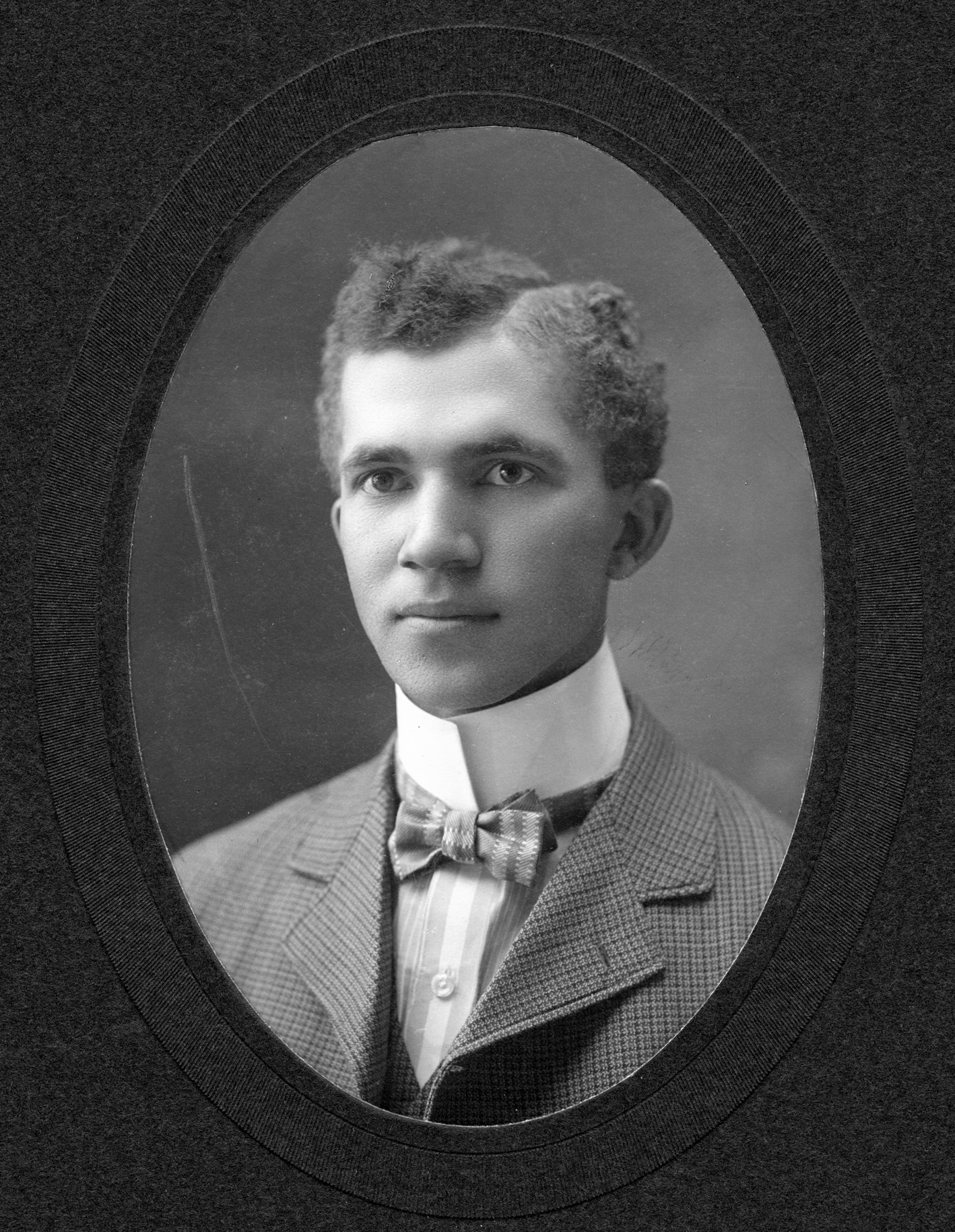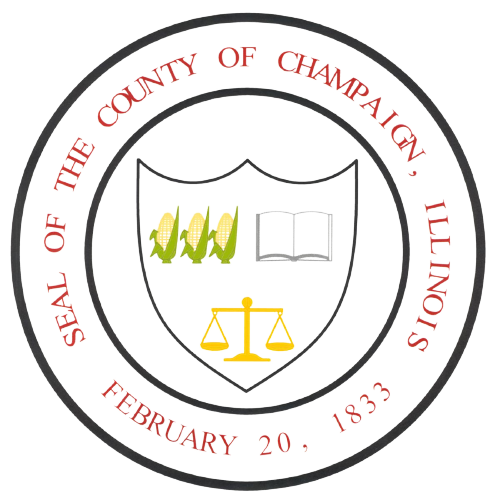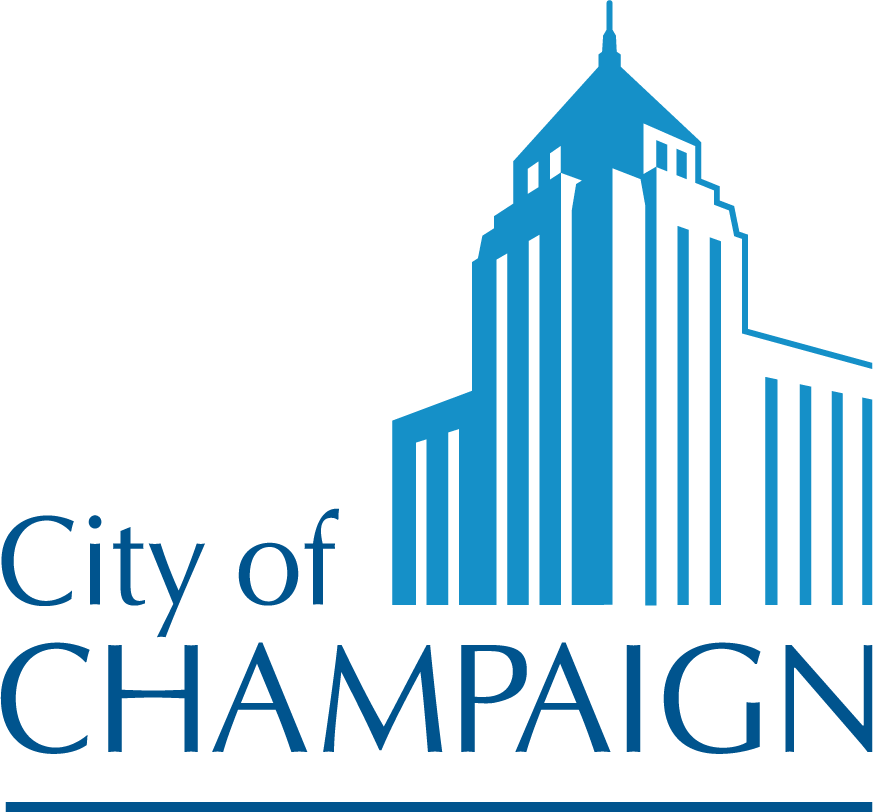Celebrate the hidden and incredible stories
Right here in East Central Illinois
Champaign County African American Heritage Trail
Discover over 170 years of rich cultural history and building community. Through Reconstruction and the Great Migration, through the Depression and two world wars, through the Civil Rights era right up to the present day, learn the powerful stories of African Americans who directly shaped the place we call home.
The mission is to educate today’s residents and visitors about the rich cultural history of a people whose stories have been largely unrecognized. Our vision is to inspire conversation, expand understanding, and contribute to a better society.

Image credit: Champaign County Historical Archives, The Urbana Free Library
Education
Lawhead School
Harriet J. Lawhead School, built in 1907, was a small, four-room building. During its early years, it served German and Italian immigrants in the neighborhood. As African Americans moved into the area, the school was integrated for a period of time, but by the 1940s it was attended only by Black students. White children who lived in the area were sent to Columbia School. During World War II, two rooms in the basement of the school were used as a Servicemen’s Club, organized by community members for African American soldiers who were not welcomed in the USO at Chanute Field. The school was closed in 1952, prior to the opening of the new Booker T. Washington School and razed in 1990. It is now a parking lot.

Image credit: William Walter Smith (University of Illinois Archives)
Education
University of Illinois Alumni
Since 1900, when William Walter Smith became the first African American to graduate from the University of Illinois, many African Americans who attended the University have gone on to become important leaders, innovators, artists, and thinkers. This page features some notable University alumni. Please check back periodically as we continue to include more information.

Image credit: Left: LocalWiki.org │ Right: Experience Champaign-Urbana (Marcus Flinn)
Education
Booker T. Washington School
Booker T. Washington Elementary School was built to replace Lawhead School and opened in 1952. Designed by Berger-Kelley Associates, it was a K-6 building serving Black children in the neighborhood. Odelia Wesley, formerly a first grade teacher at Lawhead, was principal and led an all-Black staff. She remained at the school as principal from 1952–1972. In 1968, Booker T. Washington School was established as a magnet program in partnership with the University of Illinois, as a part of Unit #4’s desegregation plans to promote voluntary integration. While Black families would have to bus their children to southwest Champaign to integrate the schools there, white families could voluntarily choose to send their children to Washington School to access “innovative” instructional programs. Following the retirement of Mrs. Wesley, Mrs. Hester Suggs assumed the principalship (1972–1993) and developed an award-winning arts and humanities-based program which continued under the leadership of Dr. Arnetta Rodgers (1993–2000).

Make a difference.

Image credit: University of Illinois
Military
Memorial Stadium
The columns at Memorial Stadium (1402 S. First Street, Champaign) are etched with the names of University of Illinois alumni who died in war. Among the names is that of William Frank Earnest (class of 1919), who was the first African American from the county to die in battle in World War I.
Follow us!
Events
Lift every voice and sing
Your story matters.
Submit local history, buildings, or events to include on the Trail.
We want to hear from you!















